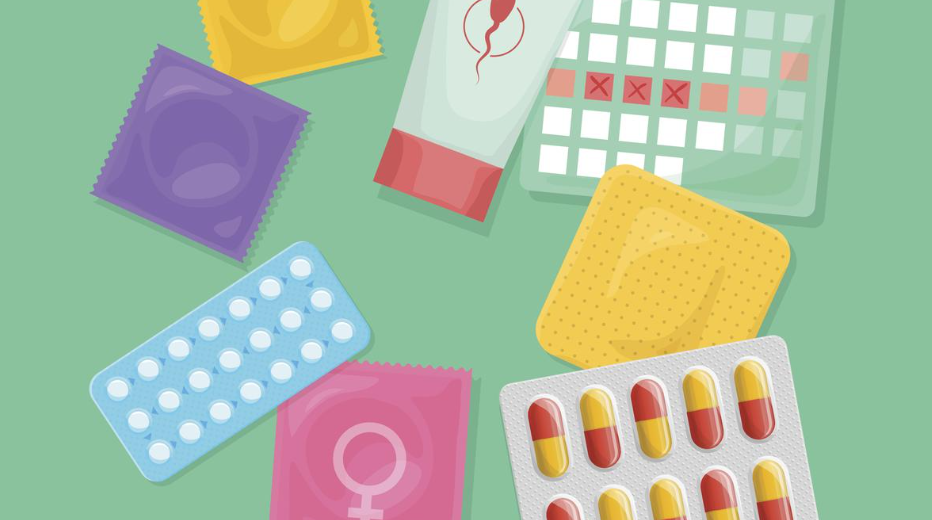Expanding Contraceptive Choices (GS Paper 2, Health)

Context and Significance:
- The discussion on expanding contraceptive choices in India has gained prominence due to recent developments regarding Levonorgestrel 1.5mg.
- This emergency contraceptive (EC) has been included in the National List of Essential Medicines (NLEM) as of 2024, marking a significant advancement in women's reproductive health options.
- The article highlights the importance of diversifying contraceptive methods to meet the varied needs of women and supports efforts to improve access and affordability of these options.
Introduction:
- A recent study published in Contraception X emphasizes the role of Levonorgestrel 1.5mg for emergency contraception, reflecting its potential use in a pericoital context—contraceptive methods used around the time of sexual activity.
- This marks a shift toward a broader range of options for women and girls, underscoring the need for more inclusive contraceptive choices.
- In India, the annual sale of oral emergency contraceptive pills (ECPs) has exceeded 35 million, showing a compounded annual growth rate (CAGR) of 12% over the past decade.
- This growth reflects a rising awareness and use of emergency contraception.
Emergency Contraception (ECPs):
- Purpose and Effectiveness: Emergency contraception is designed to prevent pregnancy after unprotected sex or contraceptive failure. It is most effective when taken within five days of intercourse, with effectiveness increasing the sooner it is used. The World Health Organization (WHO) endorses ECPs as safe for all women, including those who may not be suitable candidates for other hormonal contraceptive methods.
- Public Health Reminder: ECPs serve as a reminder for women to consider regular contraceptive methods for ongoing pregnancy prevention.
Role of Public and Private Sectors:
- Public Sector: In India, the public sector predominantly provides family planning services such as sterilization and long-acting reversible contraceptives (LARCs). These services are crucial for broader family planning coverage and accessibility.
- Private Sector: The private sector plays a significant role in supplying oral contraceptive pills, ECPs, and barrier methods like condoms. This sector provides women with additional choices and greater control over their reproductive health decisions.
Inclusion in National List of Essential Medicines (NLEM):
- Policy Change: The inclusion of Levonorgestrel 1.5 mg in the NLEM is a crucial policy development aimed at making this effective emergency contraceptive more affordable and accessible. Previously, only the two-dose regime (0.75 mg tablets) was price-controlled under NLEM, leaving the single-dose option less regulated.
- Historical Context: Levonorgestrel 0.75 mg tablets were introduced into the National Family Planning Programme in 2003. The transition to the 1.5 mg single-dose regimen offers a more effective alternative and has been made available free of cost through public health systems.
India’s Progress in Family Planning:
- Fertility Replacement Level: India has reached the replacement level of fertility, meaning the population is now maintaining itself without growth through migration. This achievement reflects successful efforts in expanding contraceptive options and improving family planning education.
- Access and Demand: Despite these advancements, regional disparities in contraceptive access persist. The total demand for family planning among married women aged 15-49 increased from 66% in 2015-16 to 76% in 2019-21. The unmet need for family planning decreased from 13% to 9%, indicating progress but also highlighting that a significant proportion of women still lack access to necessary contraceptives.
Ongoing Efforts and Future Prospects:
- Technological Advancements: Research and technology continue to drive the development of new contraceptive options. Initiatives such as subcutaneous injectable contraceptives and sub-dermal single rod implants are being integrated into national programs, expanding the choices available.
- Policy and Support: Policymakers must address the evolving needs of women and their partners throughout different life stages. Recent measures, including the price control of single-dose ECPs and expanded contraceptive options, reflect a commitment to supporting informed reproductive choices.
Conclusion:
- The expansion of contraceptive choices, highlighted by the inclusion of Levonorgestrel 1.5mg in the NLEM and other recent advancements, represents a significant step forward in women's reproductive health in India.
- By improving access and affordability, the government and stakeholders are enhancing women's autonomy and decision-making power regarding their reproductive health.
- Continued efforts are essential to address regional disparities, ensure comprehensive access, and support ongoing advancements in contraceptive technology.


